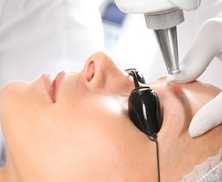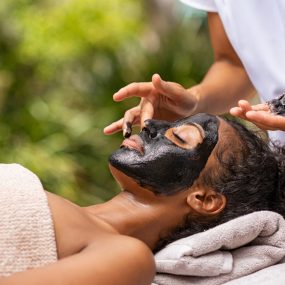Put simply, acne is a blocked pore. The pores or hair follicles that cover our bodies produce sebum in order to protect our skin and prevent it from drying out.
When the process functions normally, the sebum is secreted inside the pore and then works its way to the surface of the skin, taking any dead skin cells with it. When the process becomes unbalanced, the sebum can become clogged with dead skin cells and block the pore, so that the sebum cannot reach the surface.
The skin continues to produce sebum, and the blemish is born. For example, a blackhead occurs when a pore is partially blocked. Some sebum is able to make it to the surface of the skin, but a plug of dead skin cells and sebum forms within the pore.
Active acne typically develops in teenagers, as levels of hormones change and sebum production is stimulated, leading to spots forming. Today, acne is becoming more common in adults, and it is thought that other factors such as stress, smoking, environmental irritants, harsh cosmetic products and hormonal fluctuations could be contributing to this trend.
































 020 8012 8582
020 8012 8582